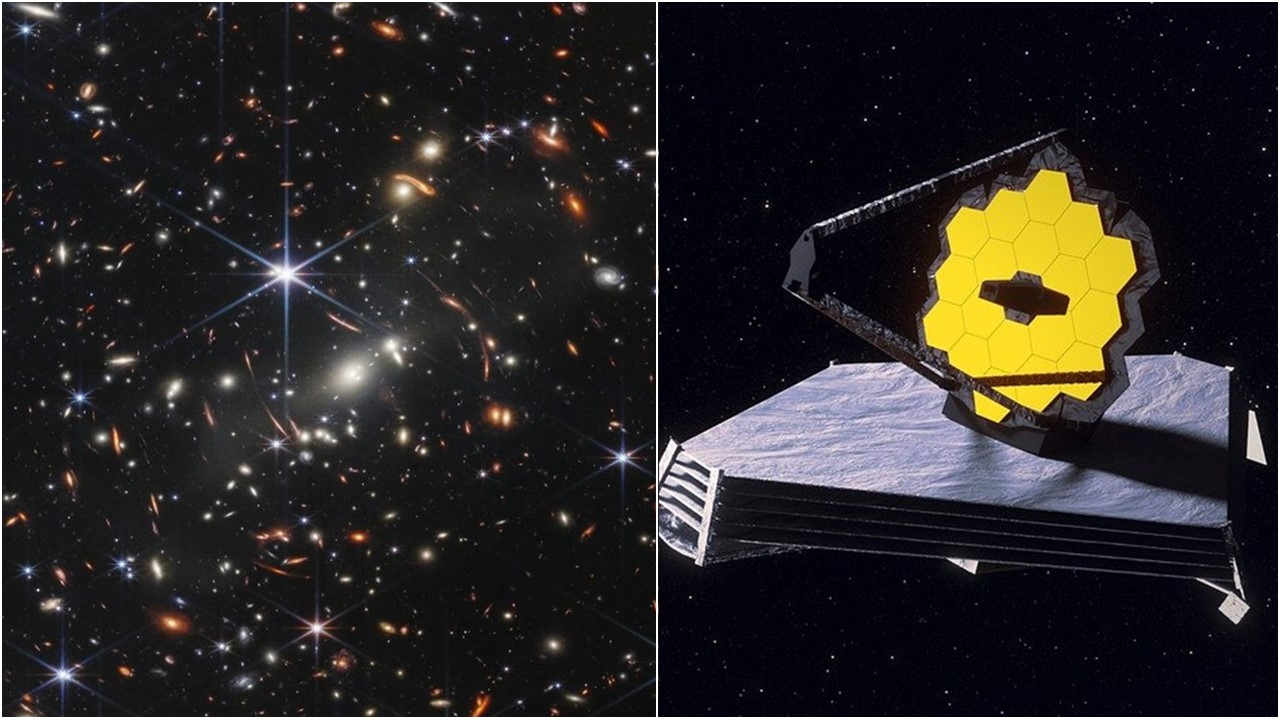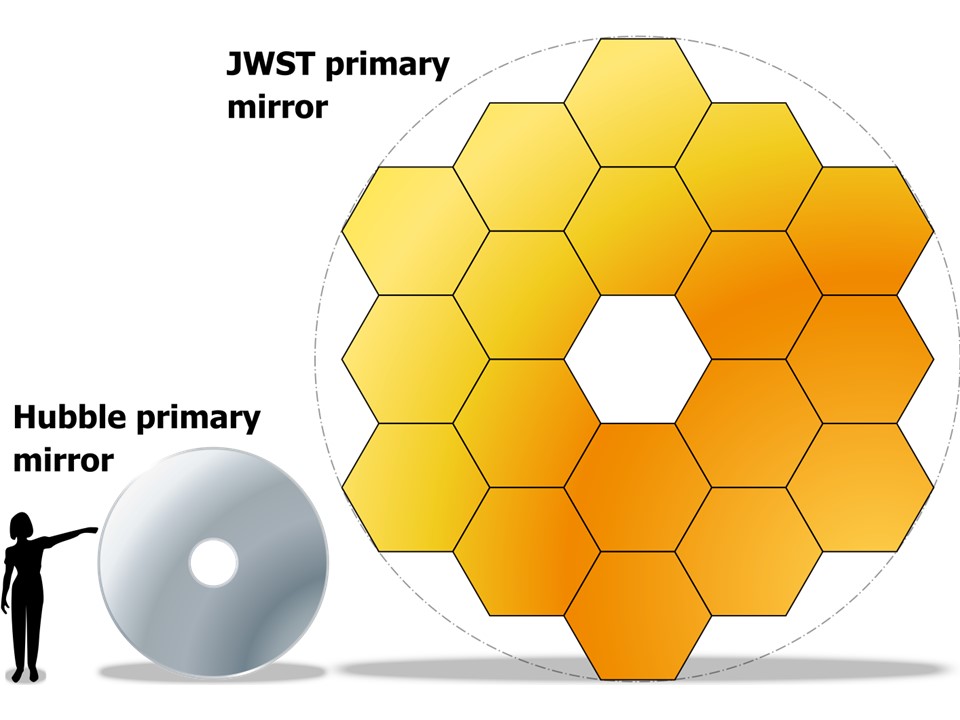
Discovery of Organic Molecules
Scientists recently confirmed the presence of complex organic molecules in the icy plumes of Enceladus, the sixth largest moon of Saturn. These molecules, some of which are considered precursors to amino acids, the harbingers of life, were detected in ice particles ejected from fissures near the moon’s south pole. This suggests that the moon has the chemical ingredients necessary to support intelligent life.
Why Organic Molecules Support Life
Organic molecules are compounds primarily made of carbon, hydrogen, oxygen, and nitrogen, forming the building blocks of life, such as amino acids, sugars, and lipids. Their presence is crucial because they are the raw materials from which living organisms construct cells, proteins, and DNA. Without organic molecules, life as we know it cannot exist.
How Astronomers Found the Molecules
Astronomers analyzed data collected by the Cassini spacecraft, which flew directly through Enceladus’s geysers. Using onboard instruments, scientists examined the composition of ice grains and vapor, detecting carbon-rich molecules to their surprise. By studying the freshly ejected particles, they ensured that the molecules came from Enceladus’s subsurface ocean rather than being altered by space radiation.
The Cassini spacecraft, launched in 1997 as a joint mission by NASA, ESA, and the Italian Space Agency, spent 13 years exploring Saturn and its moons, studying the planet’s rings, atmosphere, and magnetic field. This discovery by Cassini is a huge success towards finding places in our own solar system which can support extraterrestrial life.
About Enceladus and Its Relation to Saturn
Enceladus is a small, icy moon orbiting Saturn and is famous for its bright, reflective surface. Compared to our Moon, diameter ~3500 km, Enceladus measures small, about only 500 kilometers in diameter and harbors a hidden ocean beneath its icy crust. The moon shoots geysers of water vapor and ice into space, which were studied by scientists through Cassini spacecraft. Enceladus’s relation to Saturn is not just orbital... its geysers feed particles into Saturn’s ring system.

What Scientists Have Said
Scientists have expressed excitement about the findings. One researcher noted, “These organic molecules are some of the freshest we’ve seen in the solar system, and they likely originate from Enceladus’s hidden ocean.” Another added, “Discoveries like this bring us closer to understanding whether life could exist beyond Earth.”
Existence of Extraterrestrial Life
For life to exist beyond Earth, astronomers believe three main ingredients are necessary: liquid water, organic molecules, and a source of energy. Enceladus has all three, thanks to its subsurface ocean, detected organics, and heat from tidal forces. Scientists emphasize that while this doesn’t prove life exists, it makes Enceladus a prime candidate for habitability studies.


















 Physics, astronomy and science history blog for students
Physics, astronomy and science history blog for students